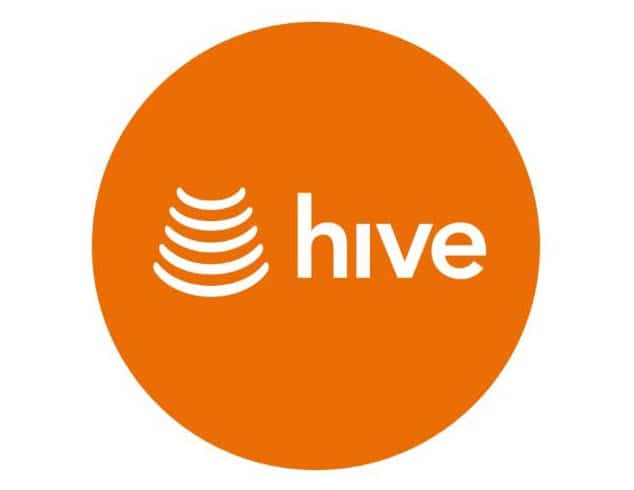I had a crash course today in the PCI-X standard and it’s compatibility with PCI cards.
A customer needed an external SCSI connection installed in a Dell PowerEdge 2850 server to enable it to talk to a shining new Iomega REV Autoloader. So off I trundle with a bag full of PCI SCSI cards I had in stock, expecting one or all of them to be suitable.
The PowerEdge 2850 had a PCI-X riser board. Now I’ve read enough about PCI-X to know that it’s backwards compatible with PCI cards. No problem – I thought.
Except this riser board has little keys (or notches) preventing me from inserting any of my PCI cards into any of the slots. Grrr!
Much frustration ensued, until I found a superb document at http://www.digi.com/pdf/prd_msc_pcitech.pdf explaining the different revisions of the PCI standard and that 5v PCI boards could not be used in 3.3v slots – I’d imagine they blow up nicely if you do!
What cards did I have with me? 5v cards of course.
The funniest (or most scary) bit of this story is that between us, the IT Manager at this site and I had suggested that by cutting a gap into one of our old 5v boards with a hack saw – we could make it fit. With hindsight it’s a crazy suggestion but only now do we realise that those little gaps on PCI cards are there to stop idiots pushing them into slots where they will blow up… 🙂
A customer needed an external SCSI connection installed in a Dell PowerEdge 2850 server to enable it to talk to a shining new Iomega REV Autoloader. So off I trundle with a bag full of PCI SCSI cards I had in stock, expecting one or all of them to be suitable.
The PowerEdge 2850 had a PCI-X riser board. Now I’ve read enough about PCI-X to know that it’s backwards compatible with PCI cards. No problem – I thought.
Except this riser board has little keys (or notches) preventing me from inserting any of my PCI cards into any of the slots. Grrr!
Much frustration ensued, until I found a superb document at http://www.digi.com/pdf/prd_msc_pcitech.pdf explaining the different revisions of the PCI standard and that 5v PCI boards could not be used in 3.3v slots – I’d imagine they blow up nicely if you do!
What cards did I have with me? 5v cards of course.
The funniest (or most scary) bit of this story is that between us, the IT Manager at this site and I had suggested that by cutting a gap into one of our old 5v boards with a hack saw – we could make it fit. With hindsight it’s a crazy suggestion but only now do we realise that those little gaps on PCI cards are there to stop idiots pushing them into slots where they will blow up… 🙂













Comments
2 thoughts on How to spot the difference between PCI and PCI-X
MATT
28TH FEBRUARY 2006 13:36:19
That last paragraph makes me cry. (Tears of laughter or fear... You decide ;))
RICHARD
1ST MARCH 2006 09:07:50
Not half as much as I'd have been crying if I went through with the foolish scheme...